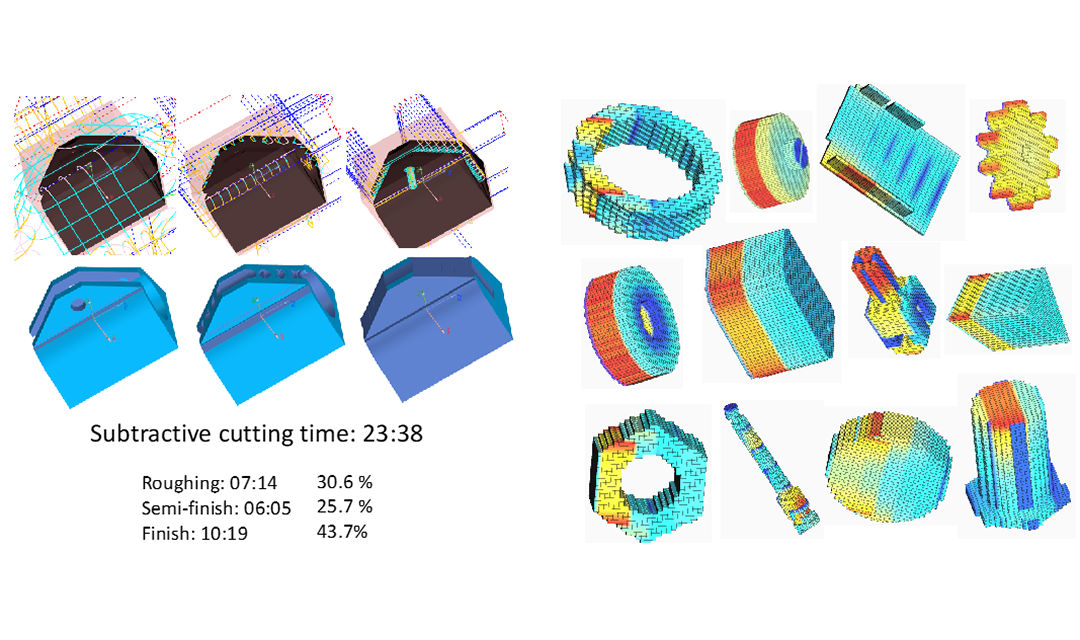
Recoater blade interference is a significant failure mode in metals AM, which requires prohibitively long thermal and thermo-mechanical simulations for its prediction.
The end product of this project will be a self-contained software system that allows non-experts to provide as input a 3D CAD file, with the purpose of rapidly estimating recoater blade interference if the part was to be built on an AM250 and INC625 using the nominal parameters provided by the machine manufacturer.
This project will align well with ARL’s needs to deploy end-user tools that:
- Can be operated by novice users and machine operators
- Focus on the real use case where maximizing build success under nominal machine and process parameters of a target machine/material system (as advertised by the OEM) is more critical than a general-purpose solution that aims to cover many machine, material, and process parameter combinations
- Works quickly
- Targets design-time decision making rather than in-situ monitoring / decision making, and
- Produces results that end users can act upon immediately.
The results produced by the proposed tool will allow its users to visualize blade interference severity either as a continuous or a binarized field, allow a simple decision on support structure density selection on a continuous scale, and highlight locations of the 3D part requiring redesign. The workflow to be established in this project can serve as a modular model to other machine and material capabilities, greatly enhancing the likelihood of successful adoption.
